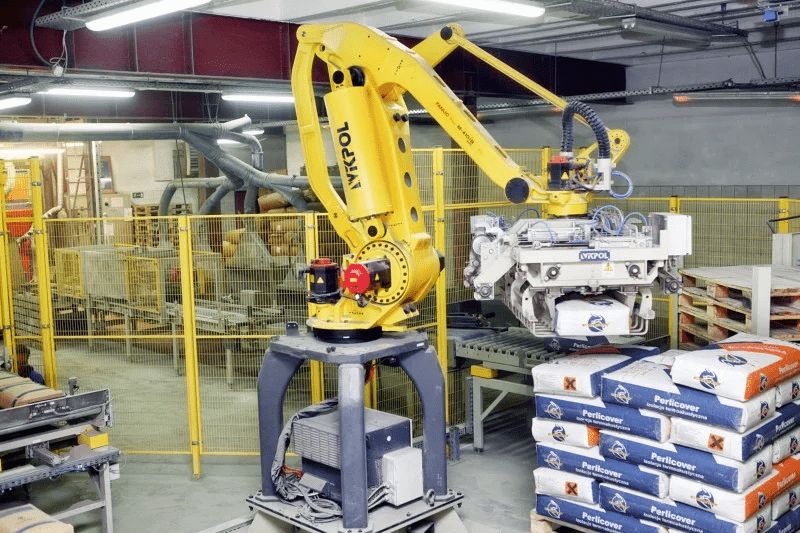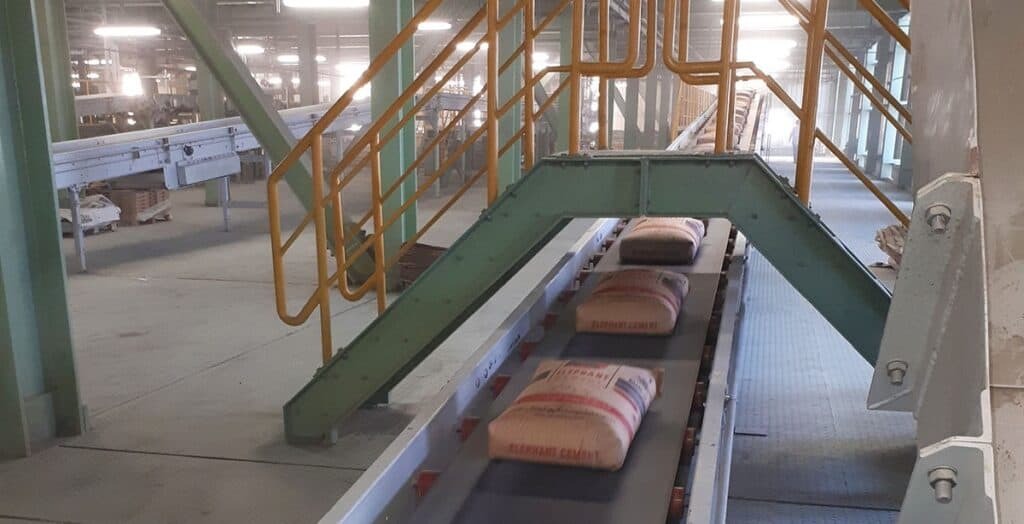Cement plays a crucial role in construction projects worldwide. As urbanization and infrastructure development continue to grow, the packaging of cement is evolving. To meet the increasing demand, cement packaging will undergo significant changes in the next decade. Let’s explore the emerging trends that will shape the future of cement packaging and how they are expected to transform the industry.
The Rise of Sustainable Cement Packaging
Sustainability is one of the key focuses for the future of cement packaging. With increased pressure on the construction sector to reduce its environmental footprint, manufacturers are looking for ways to package cement responsibly. This shift is not only driven by environmental concerns but also by changing consumer preferences for greener alternatives.
Eco-Friendly Packaging Materials
Traditionally, cement has been packaged in materials such as plastic or non-recyclable products, which contribute to environmental pollution. However, this trend is starting to change. Many manufacturers are now exploring alternatives like biodegradable packaging made from renewable resources such as cornstarch, sugarcane, and hemp. These materials are not only environmentally friendly but also provide similar protective qualities as traditional packaging.
In addition, there is growing interest in using recycled content for cement packaging. Many companies are beginning to incorporate recycled paper and plastic into their packaging, reducing the need for virgin materials. This is helping to conserve natural resources while promoting a circular economy. As environmental regulations tighten, companies that adopt sustainable packaging practices will likely have a competitive edge.
Energy-Efficient Manufacturing
The cement industry itself is energy-intensive, and it contributes significantly to greenhouse gas emissions. To address this issue, many manufacturers are working on producing low-carbon cement. Alongside this, packaging processes are also becoming more energy-efficient. Companies are now focusing on producing packaging materials with a lower energy consumption to reduce the overall carbon footprint.
Advancements in Packaging Design and Technology
As technology continues to advance, packaging design is also evolving. Manufacturers are increasingly adopting innovative solutions that improve both efficiency and product quality. Packaging technologies are helping cement manufacturers streamline operations and better meet consumer needs.
Smart Packaging for Supply Chain Transparency
One of the most exciting trends in cement packaging is the use of smart packaging technology. This includes innovations such as QR codes, RFID tags, and sensors, which help track products through the supply chain. By integrating smart packaging, cement manufacturers can ensure better inventory management and prevent counterfeit products from entering the market.
Moreover, smart packaging provides a new level of transparency for consumers. Scanning a QR code on the packaging, for instance, gives consumers access to detailed information about the product, including its origin, composition, and environmental impact. This helps to build trust and transparency in the marketplace, which is essential in today’s eco-conscious world.
Automation and Robotics in Cement Packaging
Automation is transforming many industries, including cement manufacturing. Robotic systems are now being used in packaging plants to automate processes like bagging, sealing, and palletizing. These automated systems improve efficiency and reduce human error, allowing manufacturers to produce cement more quickly and cost-effectively.

Additionally, automated filling machines are ensuring that each cement bag is filled with the correct amount of product. This not only reduces waste but also maintains consistency across batches, guaranteeing a high level of quality control.
Bulk and Flexible Packaging Solutions
As construction projects continue to scale up, the demand for bulk and flexible cement packaging is increasing. These packaging options are designed to meet the needs of larger-scale construction projects, which require significant quantities of cement.
The Demand for Bulk Cement Packaging
Bulk cement packaging is becoming more common for large construction projects because it offers several advantages. For instance, bulk cement can be transported in larger containers such as bulk sacks, silos, or big bags, reducing the need for smaller individual packages. This approach reduces transportation costs and makes cement more accessible to construction sites.
This shift is particularly noticeable in commercial and industrial projects where cement is used in large volumes. Bulk packaging makes it easier to transport large quantities of cement, reducing logistical challenges while ensuring a steady supply of material for ongoing projects.
Flexible Packaging for Smaller Projects
While bulk packaging is ideal for large-scale projects, flexible packaging solutions are also growing in popularity, especially for smaller construction projects. Flexible intermediate bulk containers (FIBCs) offer a more versatile solution for packaging cement, as they can hold a significant amount of material while still being lightweight and easy to handle.
Flexible packaging is not only convenient but also more eco-friendly. Manufacturers can reduce waste by using less material compared to traditional bags. Additionally, these bags are easier to store and transport, making them a practical choice for smaller projects.
Customization and Branding Opportunities
In today’s competitive market, differentiation is key. Cement manufacturers are increasingly turning to customized packaging as a way to stand out from the competition. Packaging design and branding are now playing a more prominent role in the marketing of cement products.
Personalized Packaging Designs
As the demand for branded products rises, more manufacturers are investing in personalized packaging designs that reflect their identity. Custom packaging helps cement manufacturers enhance their brand recognition. Whether through unique designs, logos, or messaging, packaging is now seen as a tool for building a stronger connection with consumers.
For instance, packaging that highlights a company’s commitment to sustainability or eco-friendly practices can help attract customers who value environmentally responsible products. Custom designs allow companies to communicate their values and build customer loyalty.
Branding and Marketing Through Packaging
Packaging is not just about protecting the product; it is also an essential marketing tool. Cement manufacturers are increasingly using packaging to communicate key product features, such as quality or sustainability, directly to customers. This becomes especially important when consumers are looking for products that align with their values. Creative packaging can convey a message, making a lasting impression on potential buyers.
Reducing Cement Packaging Waste
As waste management becomes a growing concern, the cement industry is looking for ways to reduce packaging waste. Many companies are exploring innovative solutions to minimize the environmental impact of packaging.
Reusable and Returnable Packaging
A promising approach to reducing waste is the adoption of reusable and returnable packaging. Packaging that can be used multiple times helps decrease the need for single-use materials, which significantly reduces waste. Some companies are experimenting with returnable packaging, where the bags or containers are sent back to the manufacturer after use, cleaned, and reused for future shipments.
This approach not only reduces waste but also lowers the cost of packaging materials over time. It also aligns with the principles of a circular economy, where materials are kept in use for as long as possible.
Recycling Programs and Circular Economy Initiatives
Cement manufacturers are also embracing recycling programs to ensure that packaging materials are reused or recycled. These programs encourage customers to return used packaging for recycling, keeping materials in circulation and reducing the demand for new resources. Circular economy initiatives are helping reduce the overall environmental impact of cement packaging while promoting a more sustainable approach to product distribution.
Conclusion
The future of cement packaging looks promising, driven by technological advancements and growing sustainability concerns. As the industry evolves, manufacturers will need to embrace new packaging solutions that reduce environmental impact, enhance operational efficiency, and meet consumer demands. From smart packaging and automation to sustainable materials and innovative branding, the next decade will undoubtedly bring exciting changes to the cement packaging landscape. Companies that adopt these trends will not only stay ahead of the curve but also contribute to a more sustainable and efficient cement industry.
